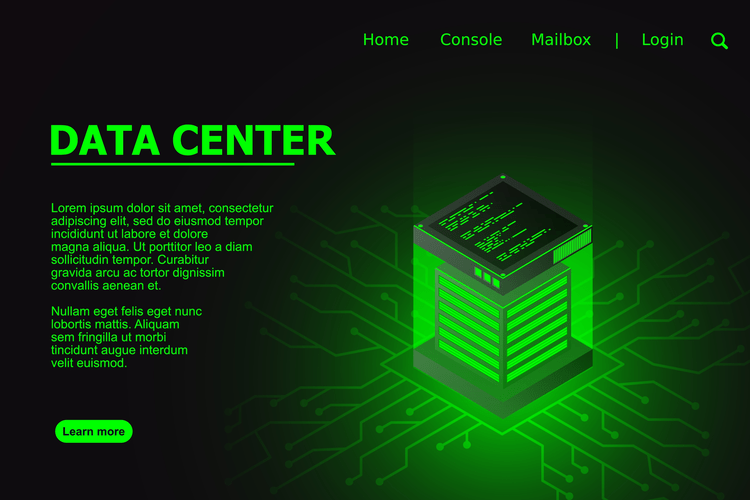To ensure that jobs intended to be executed on protected runners do not use regular runners, they must be tagged accordingly. The staging stage has a job called deploy-to-stage, where a team can conduct further tests and validation. It is followed by a production stage with a job called deploy-to-production. If the code passes a series of automated tests, often the build will automatically deploy. Once the build’s integrity is completely validated by stakeholders, it can be deployed to an actual production environment.

If any of the deploy jobs fail, GitLab will halt the pipeline execution and will not conduct any following jobs. To have our deployments run concurrently as part of our GitLab CI/CD pipeline, we must set up GitLab to launch deploy jobs at the same time. In each of the deployment tasks, we then run a different subset of our test suite.
GitLab Pipeline
We hope this tutorial has helped you understand GitLab’s relevance. Through this article, you have learned the basics of Git and its remote repository, GitLab. By the end of this what is GitLab tutorial, you saw how GitLab works, thanks to the hands-on demo.

CI/CD jobs usually clone the project when the job starts, and this uses the permissionsof the user that runs the job. All users, including administrators, must be direct members of a private project to clone the source of that project. You can run a trigger job multiple times in parallel in a single pipeline, but with different variable values for each instance of the job. When a stage includes a delayed job, the pipeline doesn’t progress until the delayed job finishes. You can use this keyword to insert delays between different stages.
In order to add table for extraction to Snowflake.
Due to issue , the keyword can be used when the feature flag is disabled, but the feature does not work. Do not attempt to use this feature when the feature flag is disabled, and always test with non-production data first. When the condition matches, the variable is created and can be used by all jobs in the pipeline.
- Use the dependencies keyword to define a list of jobs to fetch artifacts from.
- Each record shows how the site appeared in the search result for a particular search query.
- Add the list of value options to options and set the default value with value.
- The branch keyword to specify the name of a branch or tagin the project specified by project.
- Dependencies Update – Pipeline to check for outdated dependencies using thedependency_update job.
- For an overview, see Create child pipelines using dynamically generated configurations.
You will notice that something called the “master” appears on the screen. Whenever a Git repository is created for the first time, it creates a branch, and it’s called the master. The main benefit of using GitLab is that it allows all the team members to collaborate in every phase of the https://www.globalcloudteam.com/ project. GitLab offers tracking from planning to creation to help developers automate the entire DevOps lifecycle and achieve the best possible results. More and more developers have started to use GitLab because of its wide assortment of features and brick blocks of code availability.
timeout
A child pipeline can download artifacts from a job in its parent pipeline or another child pipeline in the same parent-child pipeline hierarchy. The test-job3 job downloads the artifacts from all three build_jobs, becauseartifacts is true, or defaults to true, for all three needed jobs. In GitLab 14.1 and later you can refer to jobs in the same stage as the job you are configuring.
In addition to the Auto DevOps template, GitLab offers several CI templates that can be modified as necessary, or you can override specific settings. Just override the script block for the test job and give it a try. Since templates are also modular, teams have the option to pull in only the parts they need. A user account on a GitLab instance with an enabled container registry. The free plan of the official GitLab instance meets the requirements. You can also host your own GitLab instance by following the How To Install and Configure GitLab on Ubuntu 18.04 guide.
Run a manual job
Closing environments can be achieved with the on_stop keyword defined under environment. It declares a different job that runs to close the environment. Use the dependencies keyword to define a list of jobs to fetch artifacts from. In this example, the dast job extends the dast configuration added with the include keyword to select a specific site profile and scanner profile.

Including multiple files from the same project introduced in GitLab 13.6. In GitLab 14.9 and earlier you can have up to 100 includes, but the same file can not be included multiple times. From GitLab 14.9 to GitLab 15.9, you can have up to 100 includes. The same file can be included multiple times in nested includes, but duplicates are ignored. In GitLab 15.10 and later you can have up to 150 includes. In nested includes, the same file can be included multiple times, but duplicated includes count towards the limit.
Skip a pipeline
In this part of the series, the reader will learn how to solve the bottlenecks discussed in part 1 by executing the jobs in parallel. Since each API endpoint has a startDate and endDate parameter, we can correspondingly pass in the DAG run’s execution_date and next_execution_date. And since the DAG has a daily schedule, each run will return data for a 24-hour period.

Deployment pipelines are in a version control system independent of continuous integration tools. Pipelines can be restored if the continuous integration system goes down. If a team wants to switch What is GitLab Pipelines CI tools later on, pipelines can be moved into a new system. CI pipelines and application code are stored in the same source repository. All the information teams need is located in the same place.
Why should IT leaders use CI/CD pipelines?
Automation features are a crucial piece of a comprehensive DevSecOps platform that ensure efficiency, scale, security, and compliance, in addition to creating code. Watch Intro to GitLab CI. This workshop uses the Web IDE to quickly get going with building source code using CI/CD, and run unit tests. In today’s fast-paced tech world, development teams need to be able to work simultaneously on different elements of an app. If engineers have to wait until merge day to integrate changes back to the main branch, the resulting work is time-consuming, labor-intensive and, frankly, mind-numbing.